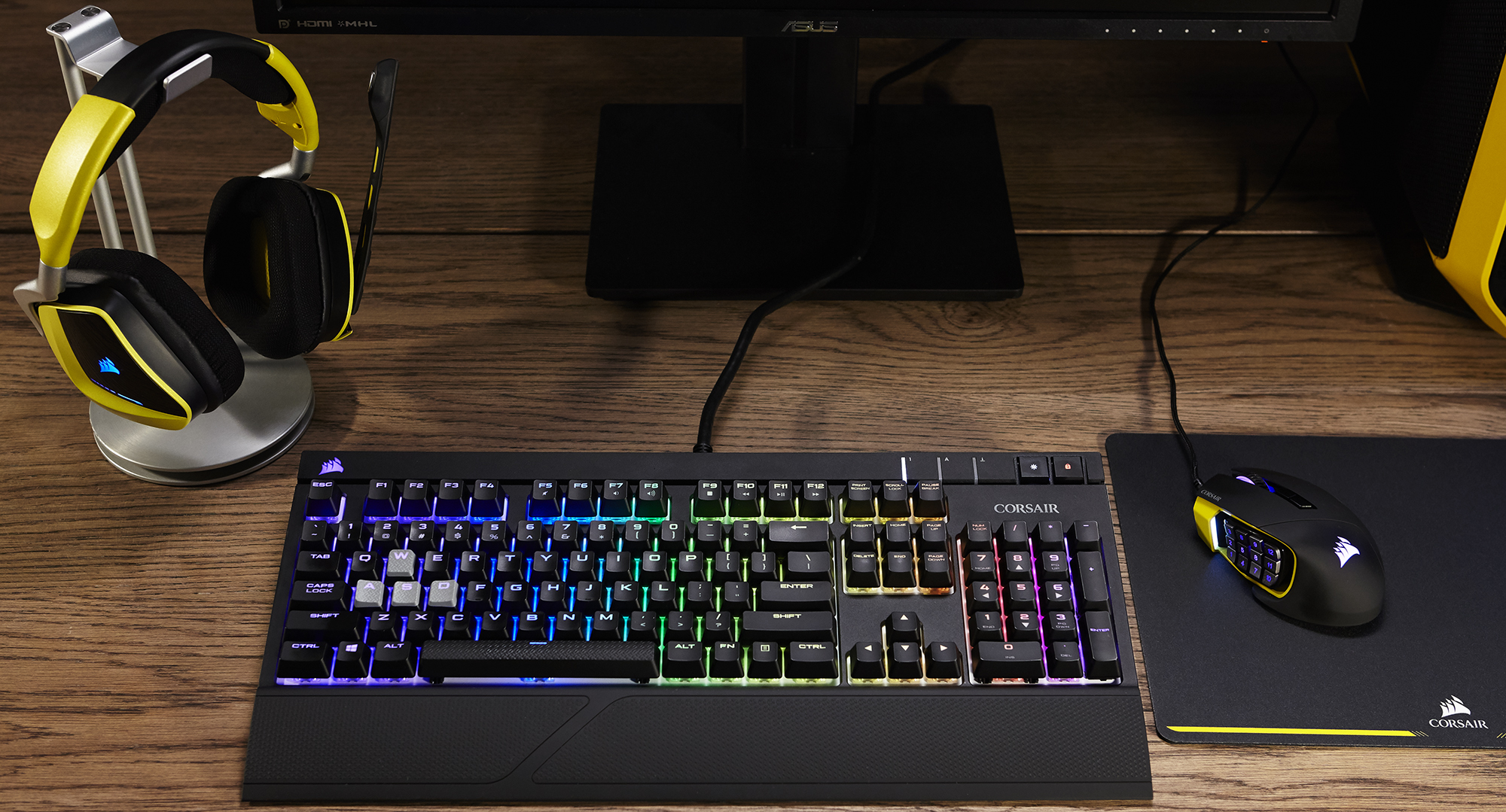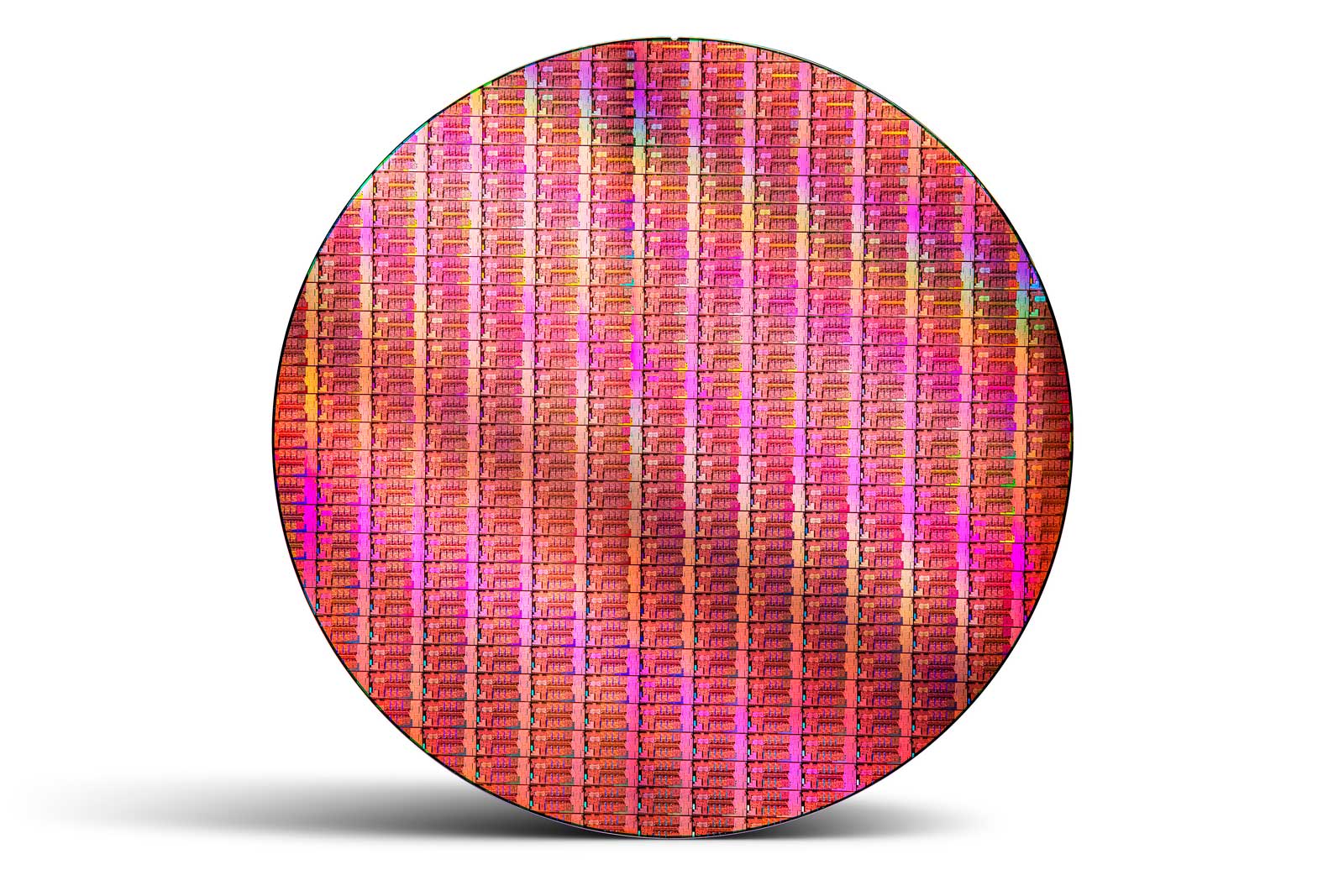![]()
Where Silicon Power only does the most basic of factory testing on their DDR4 Gaming memory series overclocking will be a bit more ‘silicon lottery’ than is usual with modern DDR4 kits. This is because DDR4-2400 (ie 1200mhz clock speeds) is a very, very low threshold for any Hynix memory RAM IC to clear. This means the results we get may be lower, may be higher, or may be exactly what you find when you go down the manual overclocking route with your own set of DDR4 Gaming.
With that said we have a sneaking suspicion that our results will be fairly average for the DDR4 Gaming series. Firstly we have used AMD instead of Intel for overclocking and Ryzen generation 1 is harsher, unforgiving mistress when it comes RAM.
So with those cavets taken care of the first thing potential buyers have to understand is that getting ultra tight timings at DDR4 2400 or lower speeds is possible… but do not expect to get as tight as if you are using higher factory binned Hynix RAM IC models. By the same token XXX is not terrible by any stretch of the imagination. Especially when DDR4-2400 with tighter timings only requires about 1.35v to accomplish.
Next you can expect to hit DDR4-2800 range with very little difficulty. Of course our kit required 1.4v and factory 17-17-17 timings in order to be completely 100 percent stable. No matter how much you loosen or increase the voltage DDR4-2800 was a hard limit for our kit. It may not be for your kit. This is where the ‘silicon lotter’ comes into play. By the same token getting DDR4-2800 speeds from a cheaper DDR4-2400 rated (and priced) is certainly nothing to sneeze at… as this translates into a 16.6 percent increase in performance for free. All it requires is patience and the willingness to manuall set the timings, clock frequencies, and voltage. Not too shabby at all.










